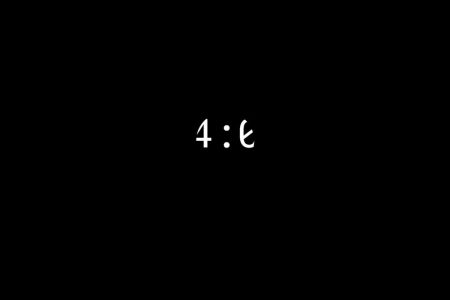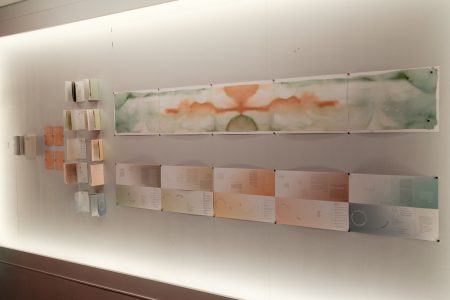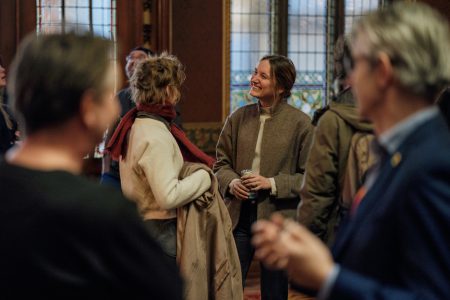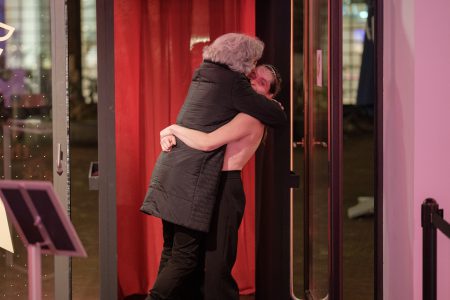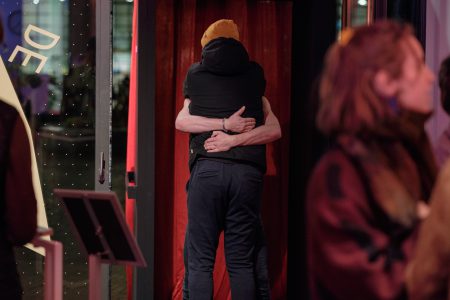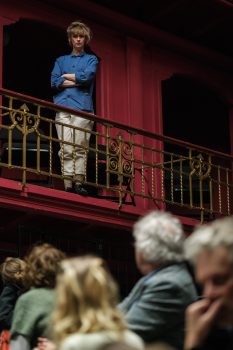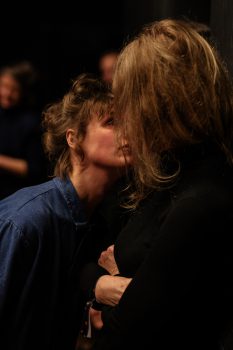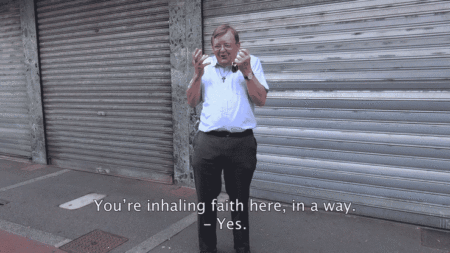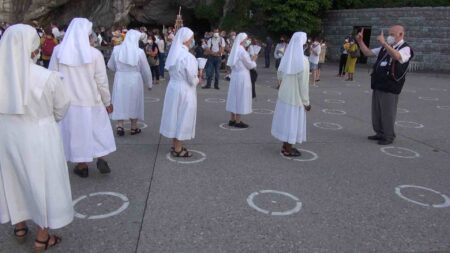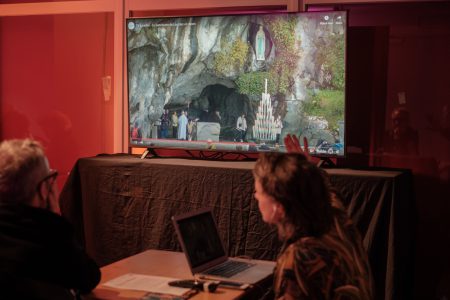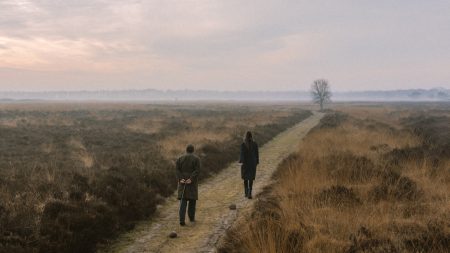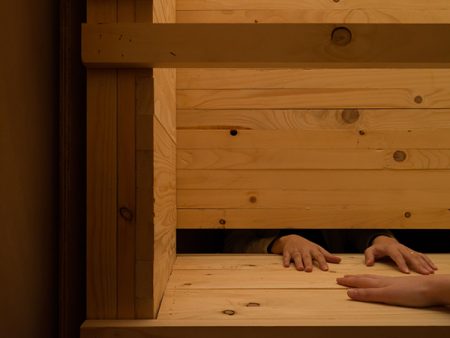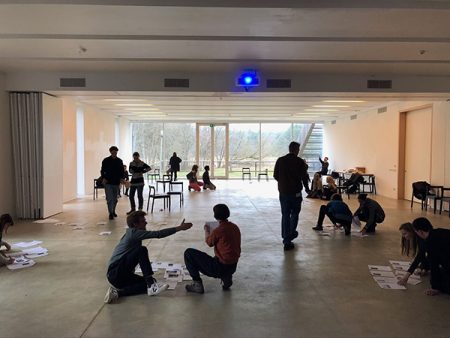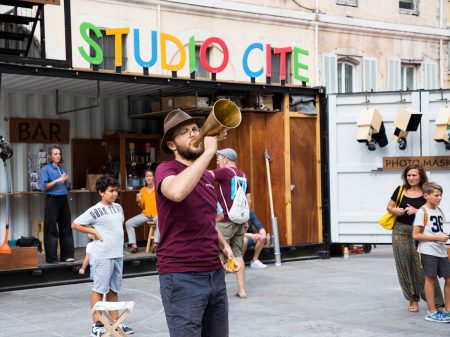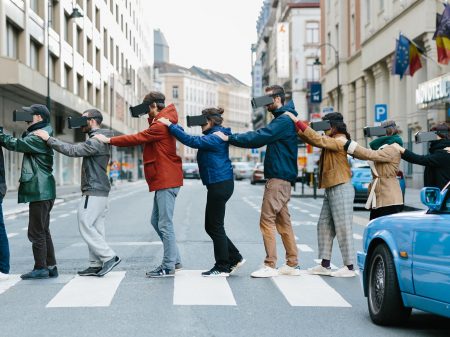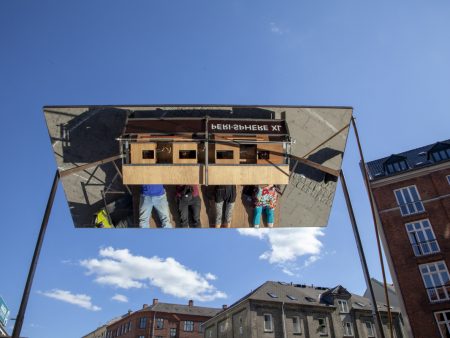The work of Johannes Bellinkx (1978) operates on the fringes of theatre, visual arts and film. His practice centres on finding fresh and unexpected strategies to express the interaction between form and content.
Since 2017, Bellinkx has cultivated a reputation as a practitioner, both in the Netherlands and internationally. Reverse has frequently featured on the programme of numerous several European performing arts festivals in recent years. In view of the interdisciplinary nature of his work, Bellinkx is also working to establish himself in the visual arts circuit.
In the coming period his aim is to develop and refine his creative language, creating bolder, sharper, more radical work without sacrificing nuance and subtlety, preferably in new collaborations and with practitioners from other disciplines.
Bellinkx is currently (22/23) working with visual artist Daan Brinkmann on the Parcel Project, an immersive project about the journey a postal package takes.
“Hello, let me introduce myself, I am a postal parcel! I consist of cellulose and lignin fibers, some sticky tape and a premise to keep your stuff whole. My appearance is like a shell, the inner emptiness allows me to contain things. Whether it be socks or noodles, vibrators or fentanyl: I will enclose myself around practically every consumer good on the planet.
All this time I was just one click away from you. Until, abracadabra: I stood at your door. To get to you I rolled, slid, bumped and jumped from node to node, through the logistical maze that covers our planet like a candy wrapper. In my travels, I encounter X-ray scanners, sniffing dog noses, or rough treatment if I’m unlucky. Sometimes I have bruises. And when I finally arrive and all the hard work is done: I end up in the paper bin.
But not this time.
See, I’m actually not an average pack. Instead of consumer goods, I contain digital eyes and ears; tools that allow you to feel a space that is normally inaccessible to you. Come and ride along!”
